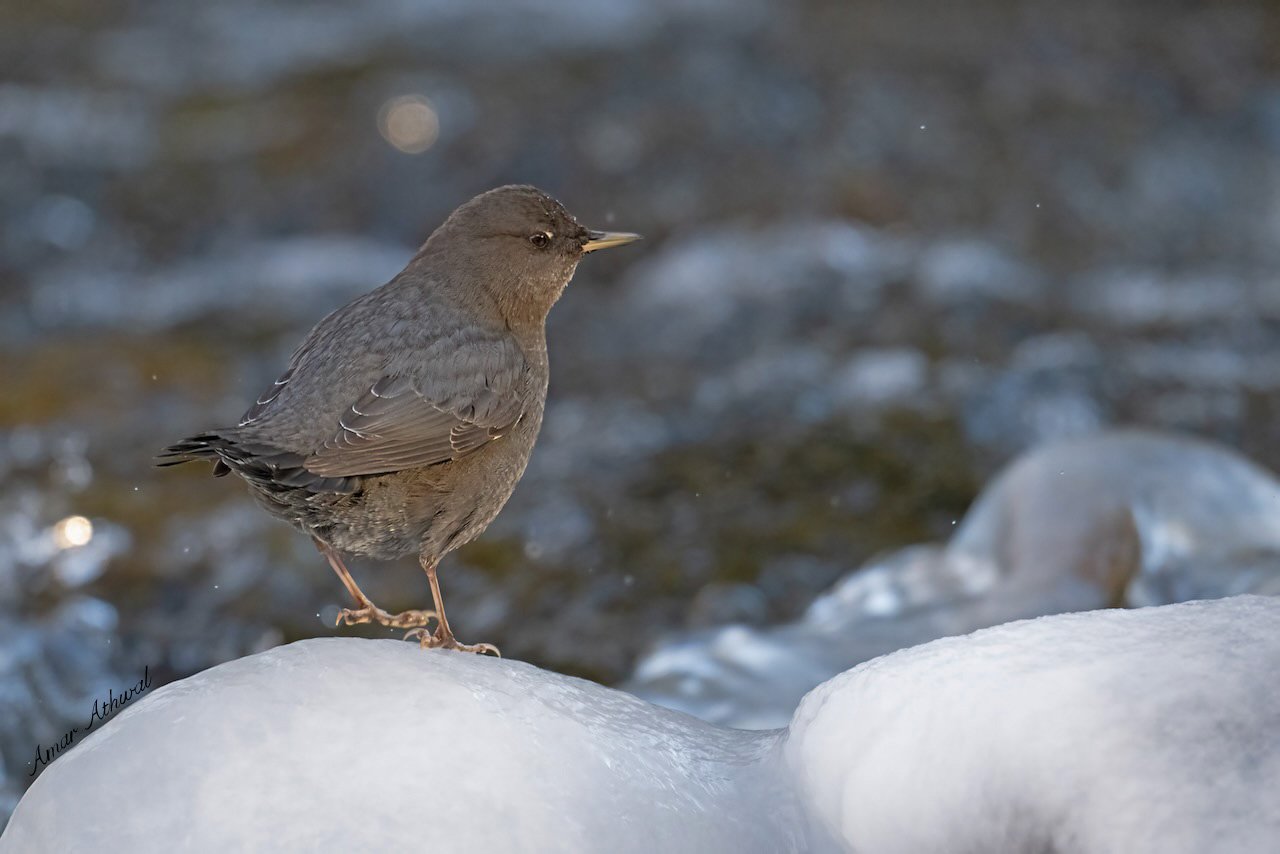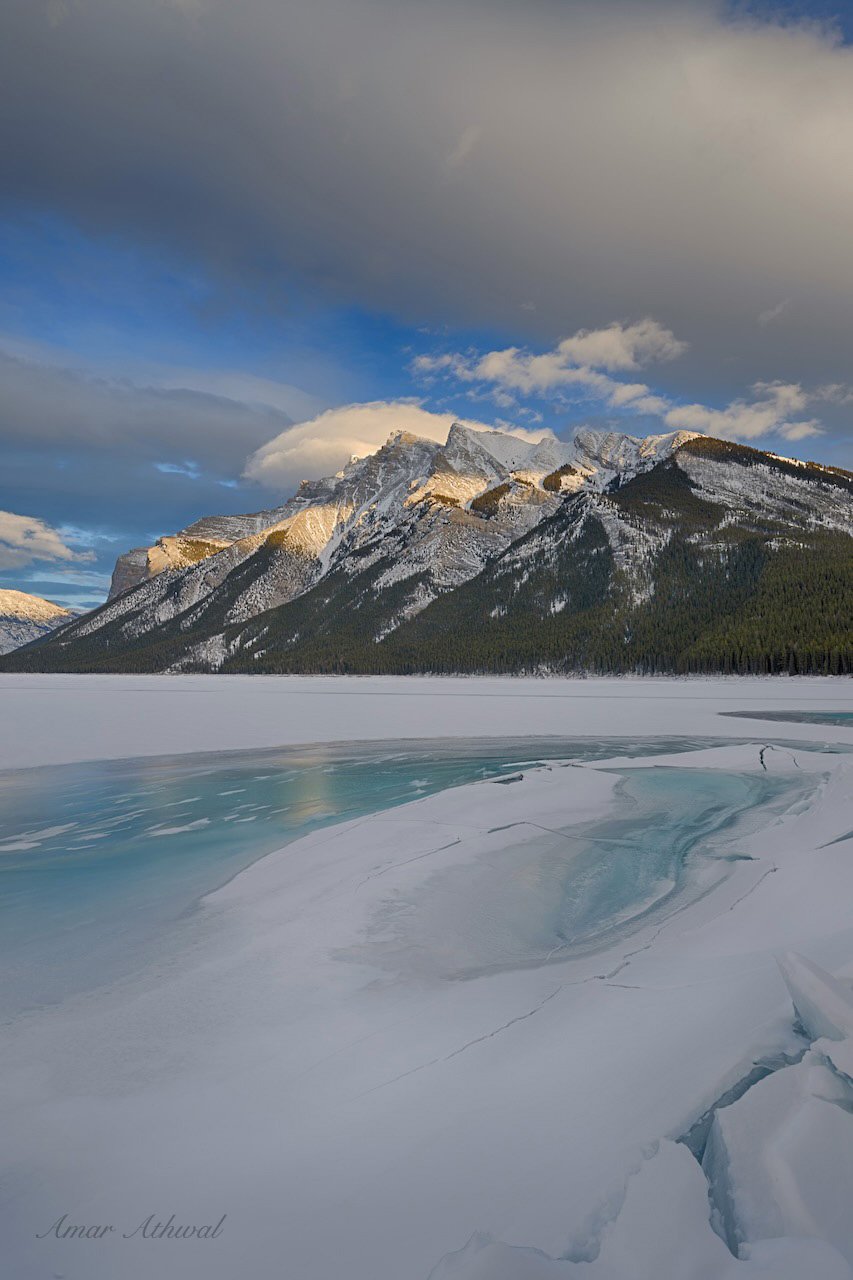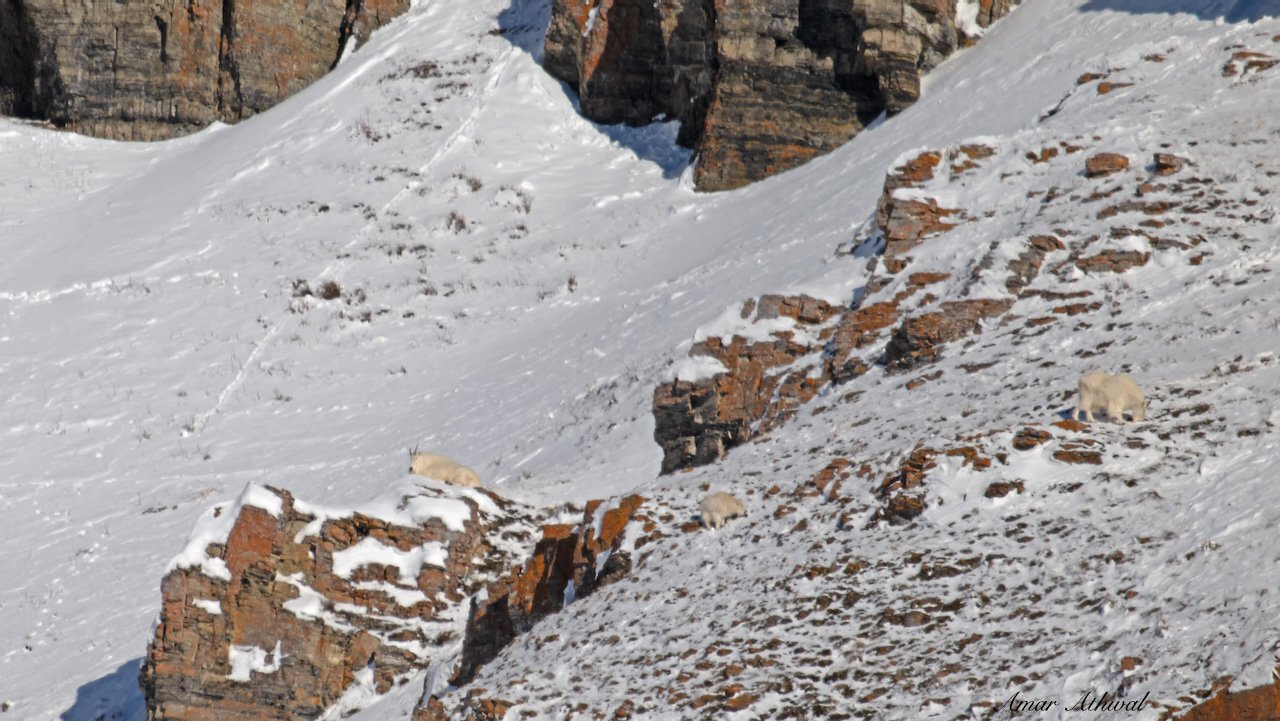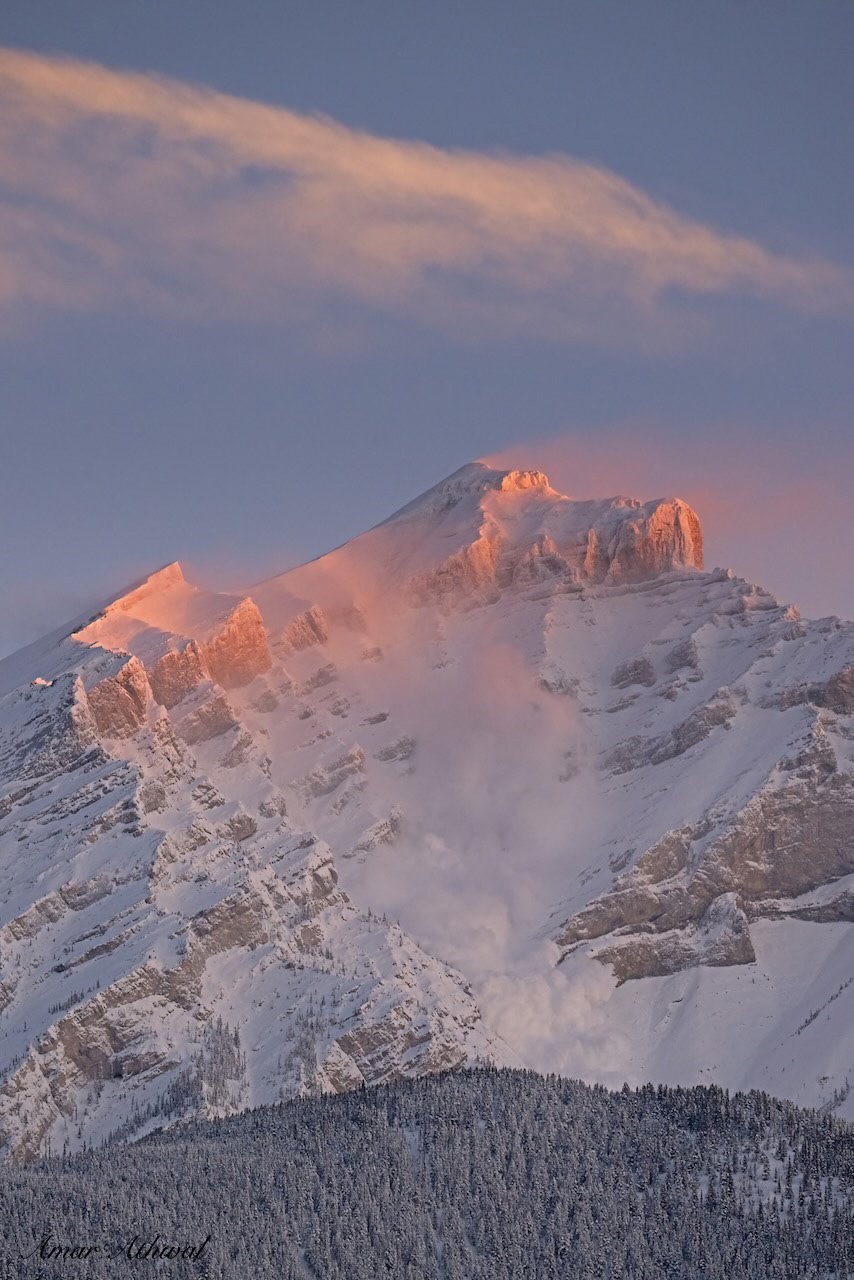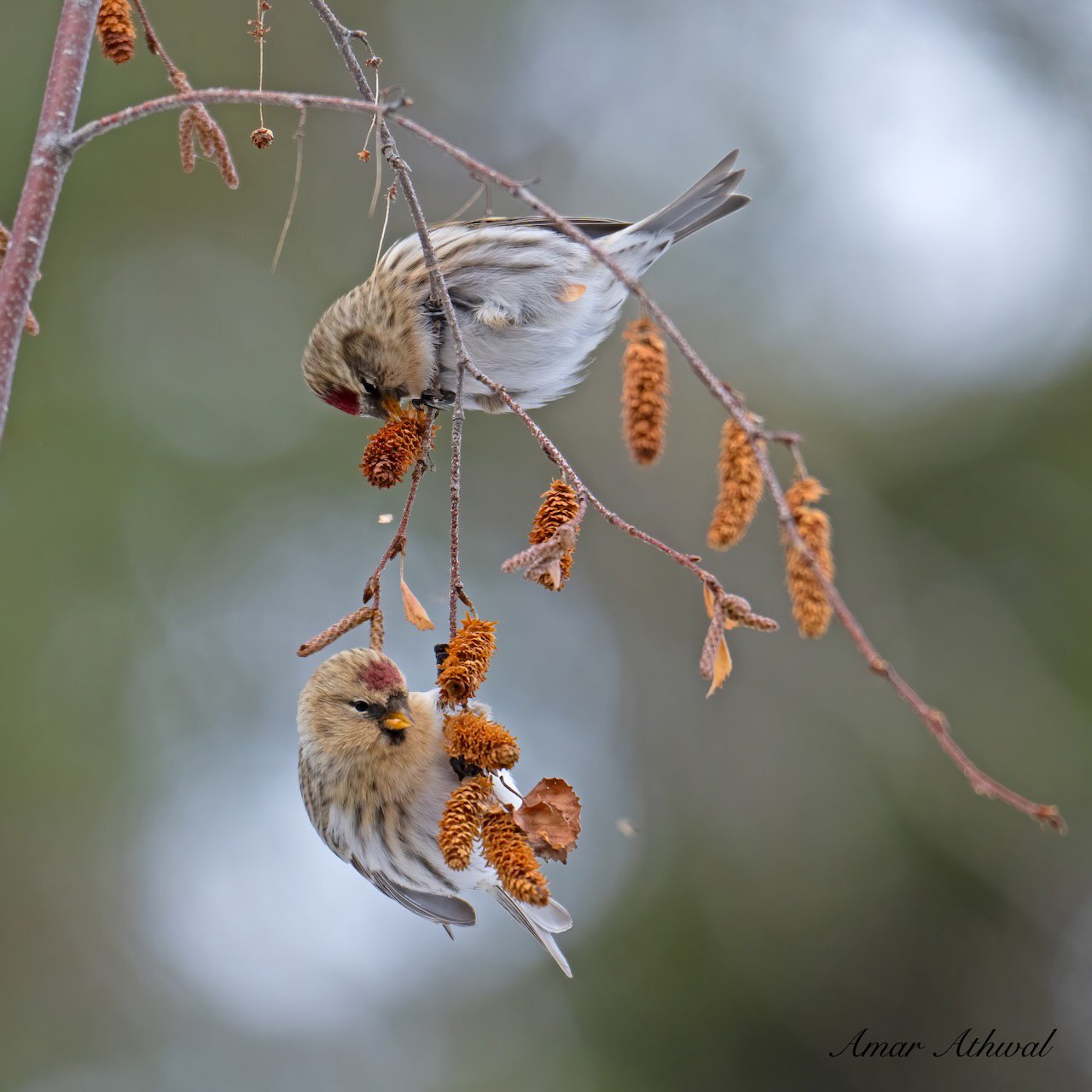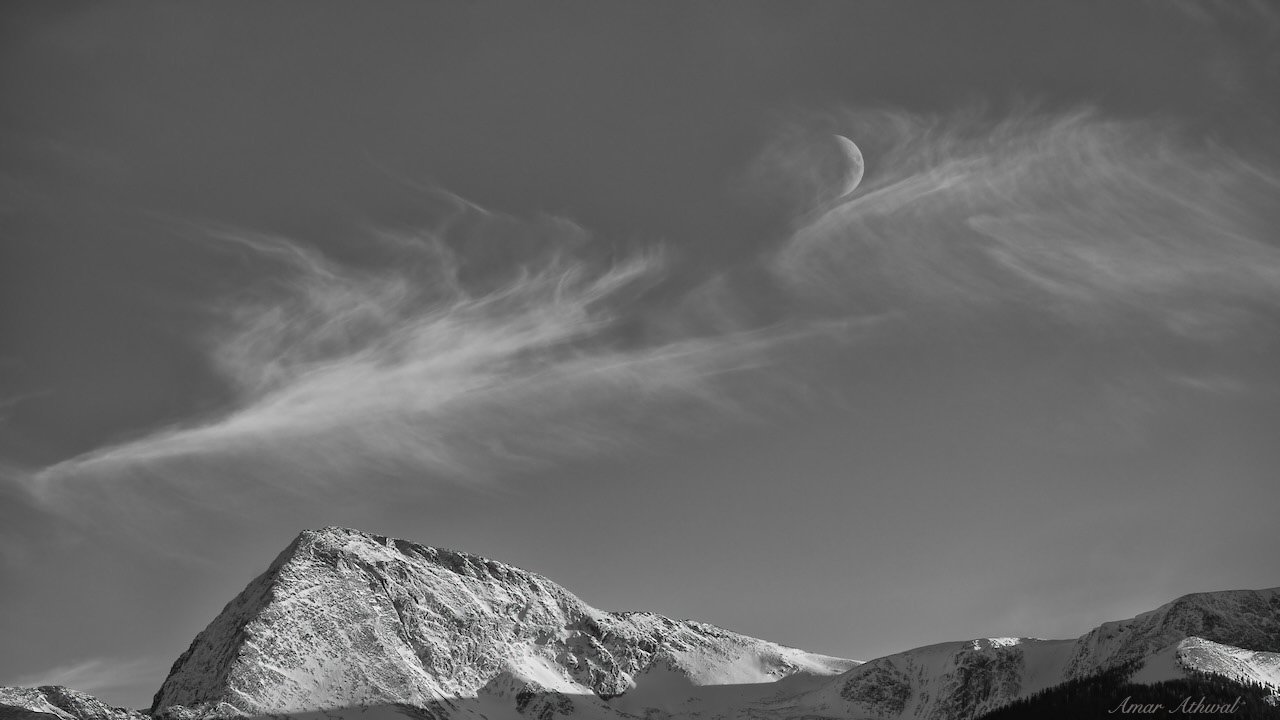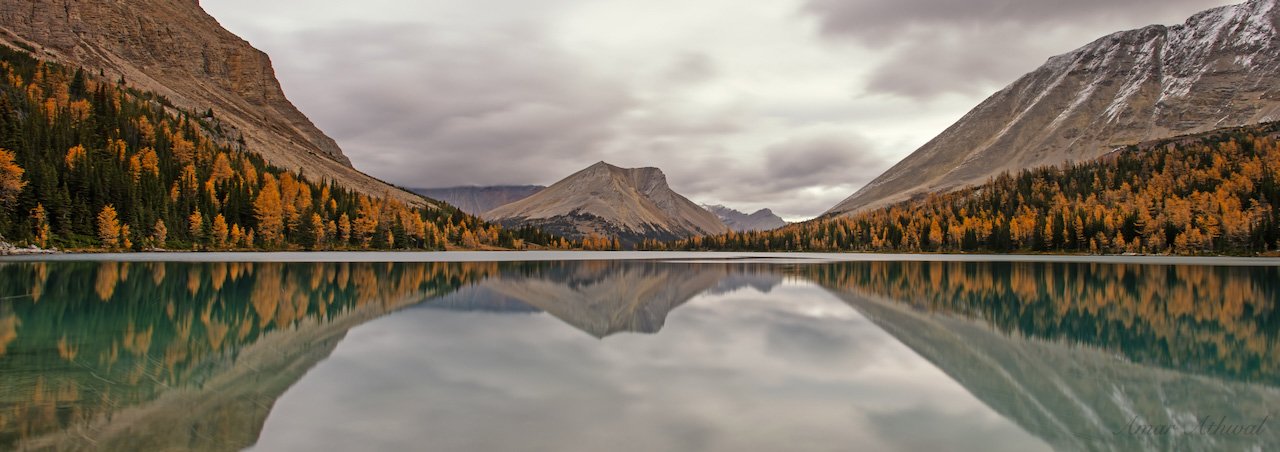Bald Eagles main source of food is fish and carrion. But they will prey on various waterfowl, other birds, rabbits and other small animals. They have been known to kill animals as large as deer. And some have preyed on domestic sheep and goats, mostly young lambs, and kids. But when larger kills or carrion, they would have to feed at the site. With their two-meter wingspan, their wings must support a 4 to 6 kg bird. That leaves them with a lifting power of 2 to 3 kg. An eagle can carry more when flying in snatching prey and continue flying away. Using their momentum. But they must carry less, when taking off from a dead stop position. Lift is not only dependent on the wing size but also on airspeed. The faster the bird is flying, the greater the lift potential it has. The average speed of an eagle flying in to catch a fish is 30 to 50 km/h. Adult eagles who are experienced are less likely to make a mistake like a young eagle, who through trials and errors and testing their limits, to become more successful hunters.
This eagle was off to check out what the ravens were up to, across the lake from its nest. With no coyotes in the area, it would jump in front of the line if any food was waiting for it there.



